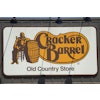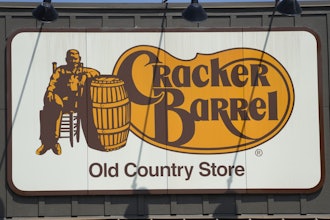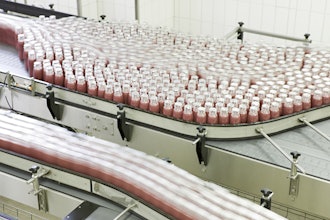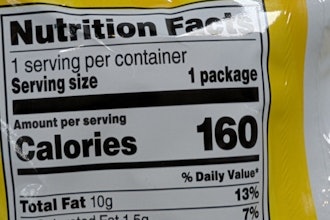
Earlier this week, the US Department of Agriculture’s Food Safety and Inspection Service (FSIS) sent a notice to the Federal Register announcing that it has set parameters for USDA-regulated food products labeled as “healthy”.
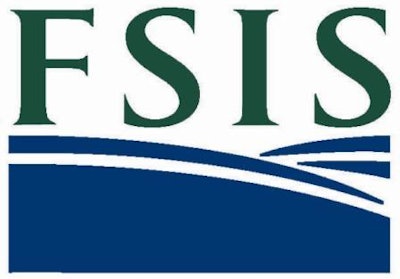
- Are not low in total fat, but have a fat profile makeup of predominantly mono and polyunsaturated fats.
- Contain at least 10 percent of the daily value per reference amount customarily consumed of potassium or vitamin D.
FSIS said it made the announcement to maintain consistent requirements for food labels by allowing the same uses of the claim “healthy” for meat and poultry products as are currently allowed for food products under the Food and Drug Administration’s jurisdiction.
The notice said these guidelines reflect the FDA’s recommendations for label claims in 2016, the release says.
FSIS said there are few labels that qualify for the “healthy” claim under the allowances in its new notice that wouldn’t qualify otherwise.
The agency said its Labeling and Program Delivery Staff (LPDS) has reviewed many proposed labels referencing the FDA’s “healthy” notice and that most have contained errors and needed correction. Because of that, if a company wishes to use the FDA’s “healthy” claim, they will first need to submit at least one label sketch to LPDS for approval.
Other notes:
- A corporation’s parent company only needs to submit one label application for a product produced in multiple establishments owned by the corporation.
- Labels using the modified “healthy” claim must be submitted to LPDS in the new FDA nutrition panel format.
- FSIS will continue to allow the use of implied nutrient content claim “healthy” on foods that have a fat profile of predominantly mono and polyunsaturated fats but do not meet the regulatory definition of “low fat”.


